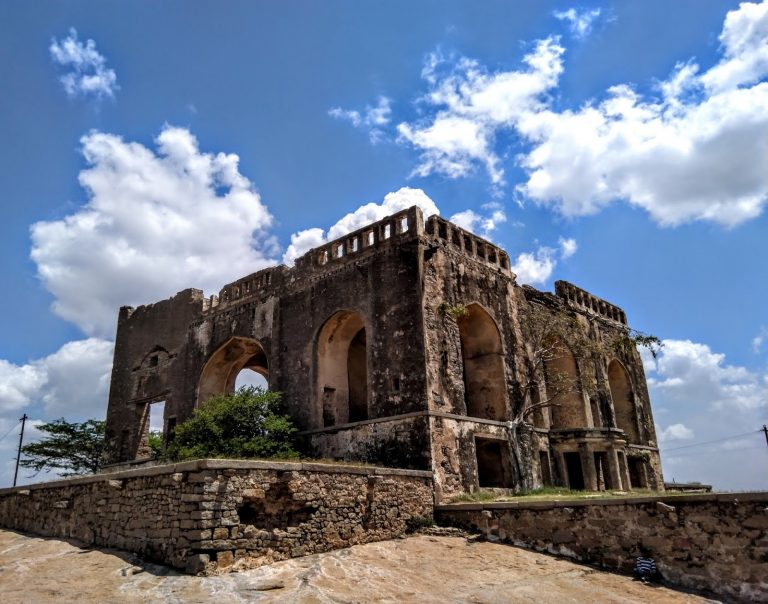
The Bhongir Fort, also known as Bhuvanagiri Fort, is located in the heart of Bhongir, . It was constructed in the 10th century by the Western Chalukya ruler Tribhuvanamalla Vikramaditya IV in the year 1076. Initially named Tribhuvanagiri after its founder, it later came to be known as Bhuvanagiri. The fort is situated on top of an isolated monolithic rock, making it a unique and impressive architectural marvel. Throughout its history, the fort saw various rulers and dynasties that held control over it. In the 15th century, the Bhongir Fort came under the control of the Bahamani Sultans. Later, it was taken over by a local governor. The Qutb Shahis, another ruling dynasty in the region, utilized the fort as a prison for individuals who posed a threat to their throne. During the British colonial era, the fort managed to escape their attention and remained unoccupied. However, with the downfall of the Nizams (rulers of the Hyderabad State) and the onset of the communist revolution in the late 1940s, Bhuvanagiri was somewhat neglected and its historical significance diminished. Bhongir Fort is situated atop a distinctive egg-shaped rock hill that rises more than 500 feet high. The fort’s strategic location and natural defenses made it practically impregnable, as the only access to the top was through a set of intact steps leading from the bottom of the hill. The entrance to the hill is guarded by huge rocks and features a Hanuman Temple with two entry points, further adding to its defensibility against invading armies. At the highest point of the hill, there is the Bala Hisar or citadel, providing a commanding bird’s-eye view of the surroundings. Legend has it that there might have been an underground corridor connecting Bhongir Fort to Golconda Fort, adding an air of mystery and intrigue to the site. Moreover, there is a statue at the entry of the fort, which was discovered in nearby diggings around the fort, potentially holding archaeological significance.